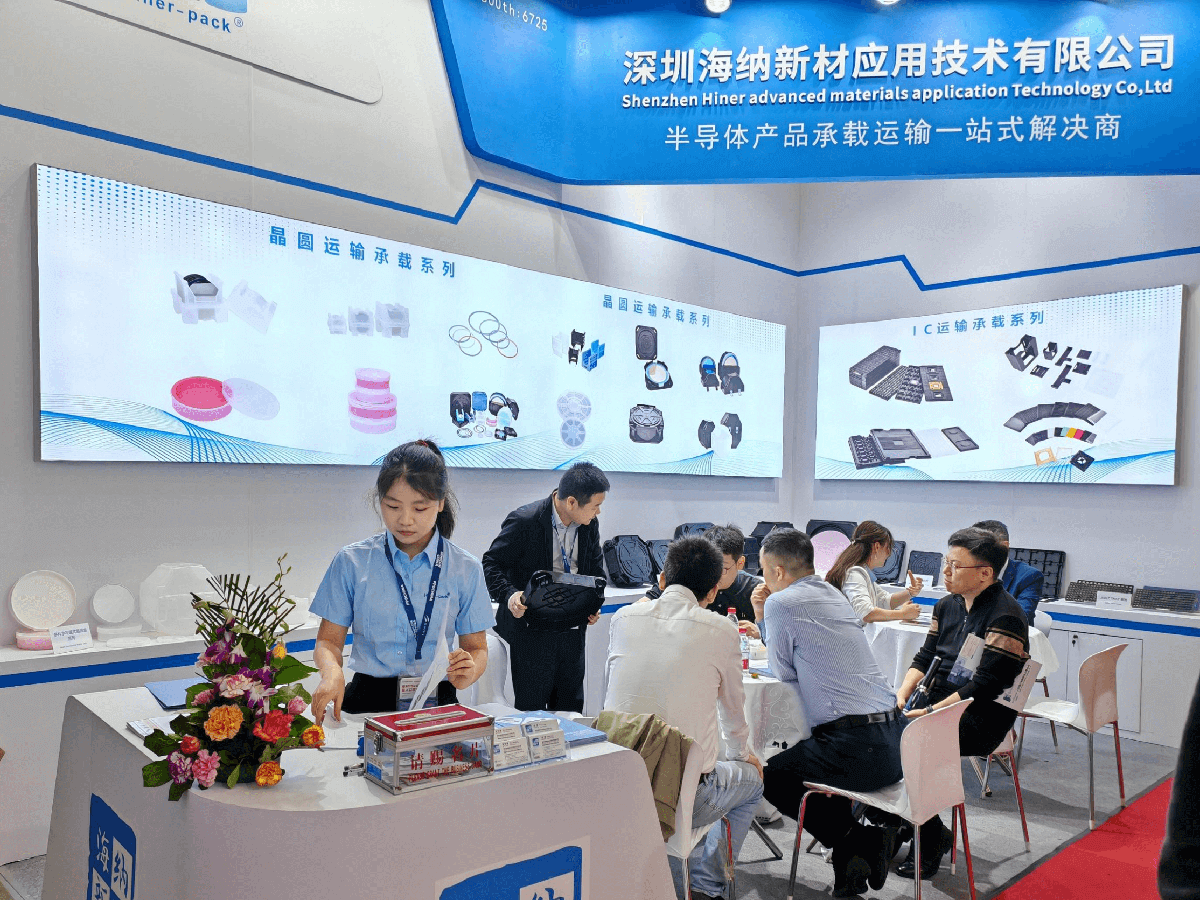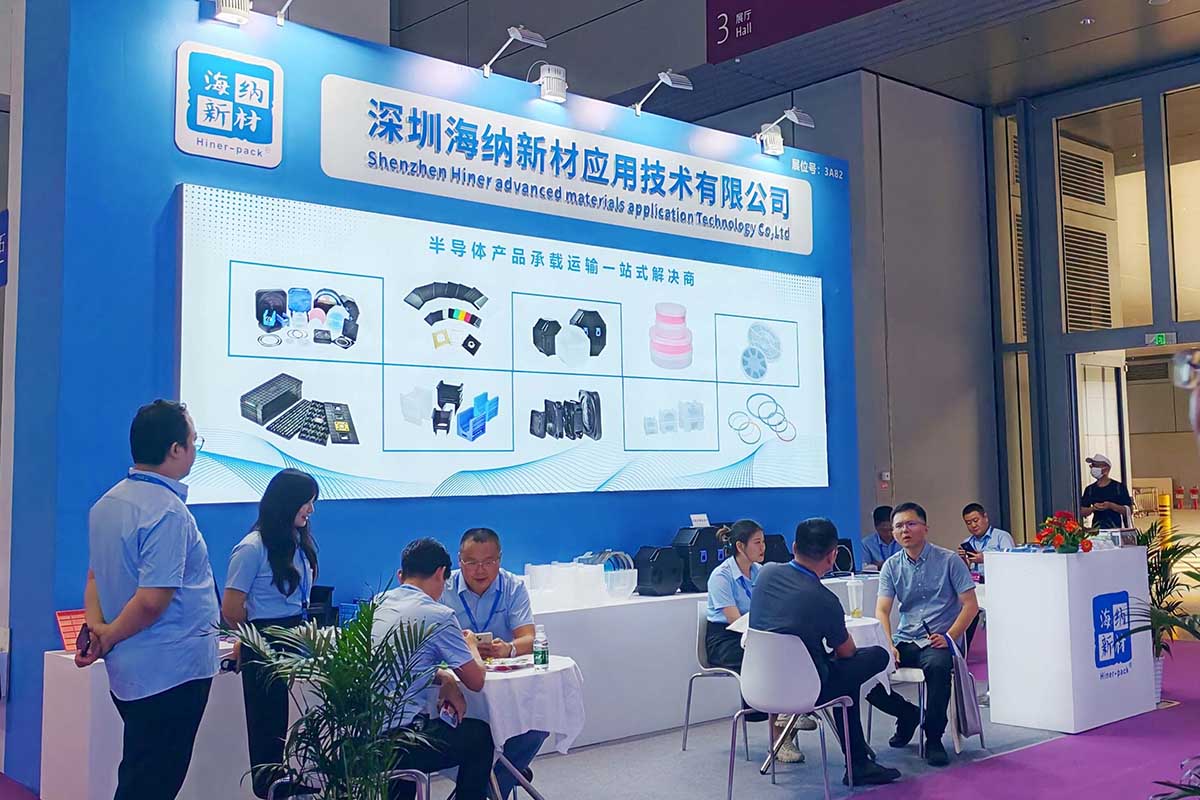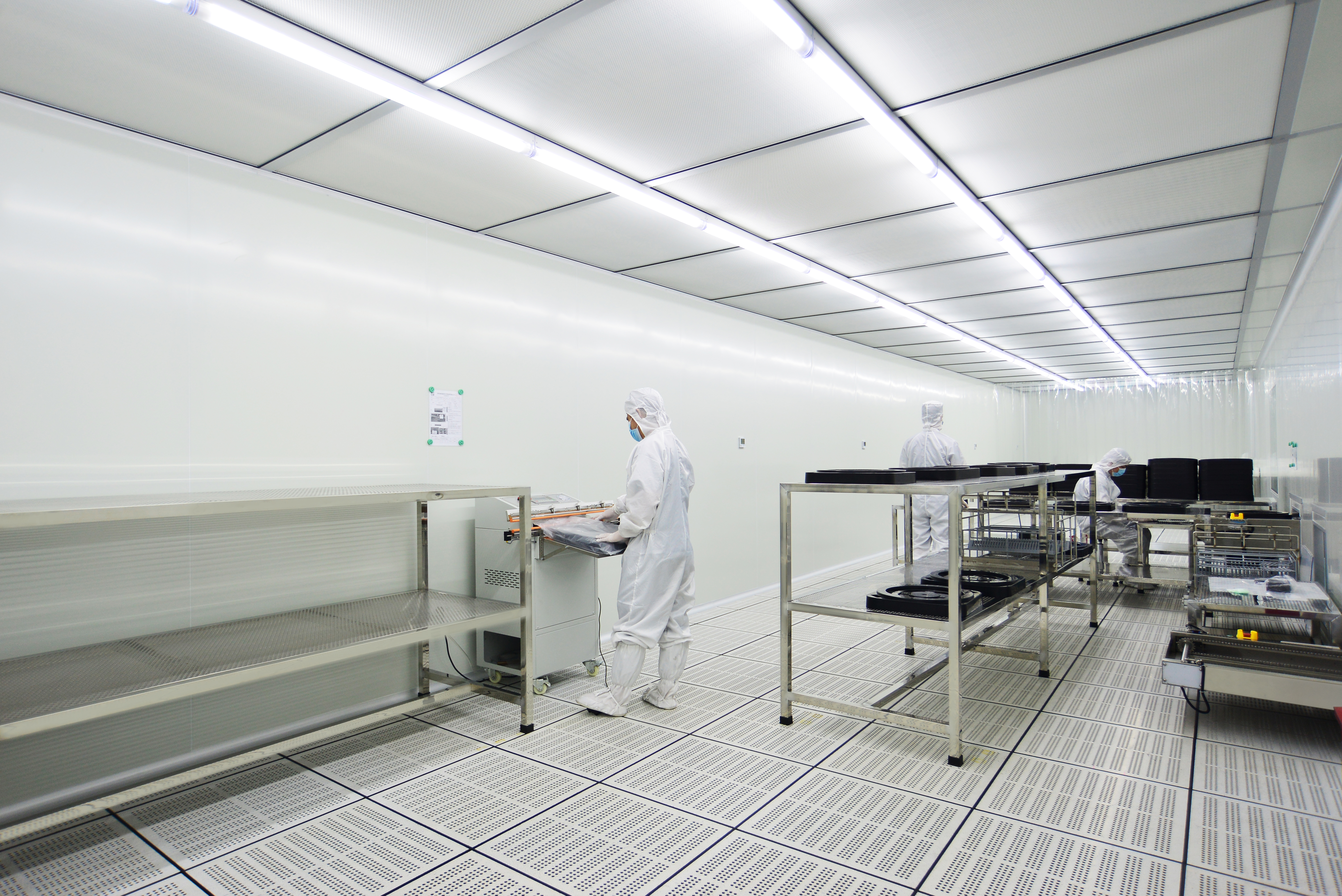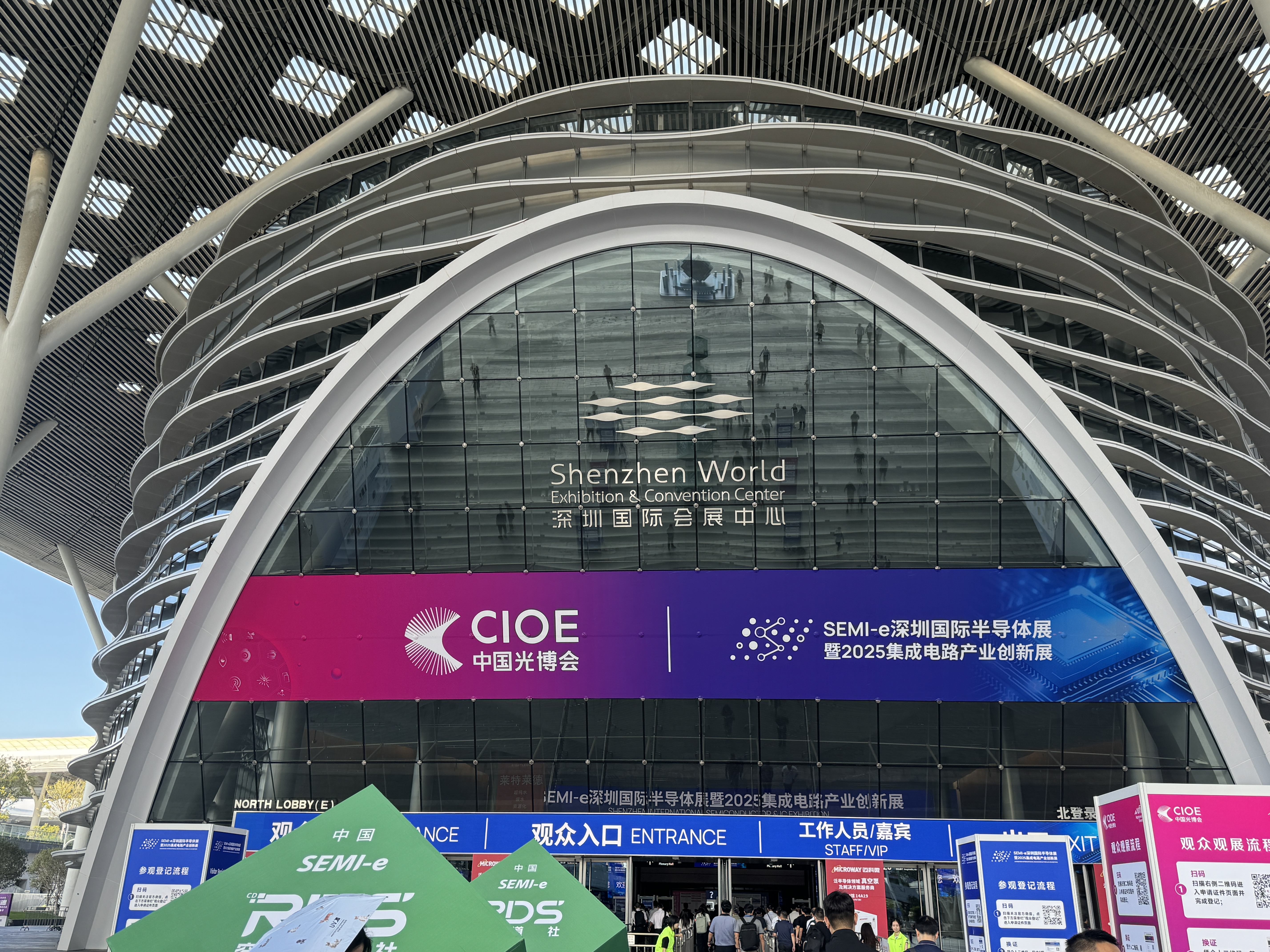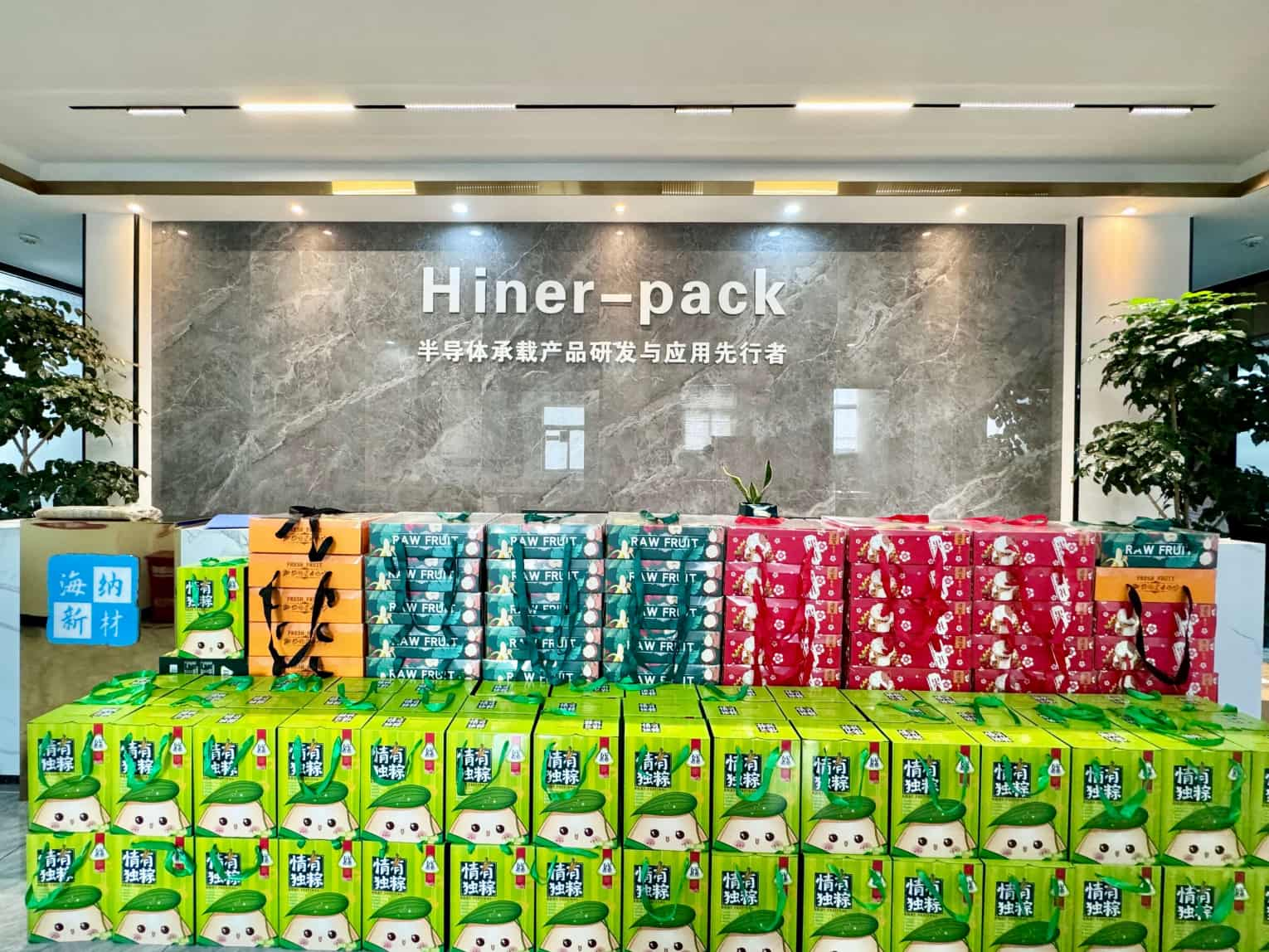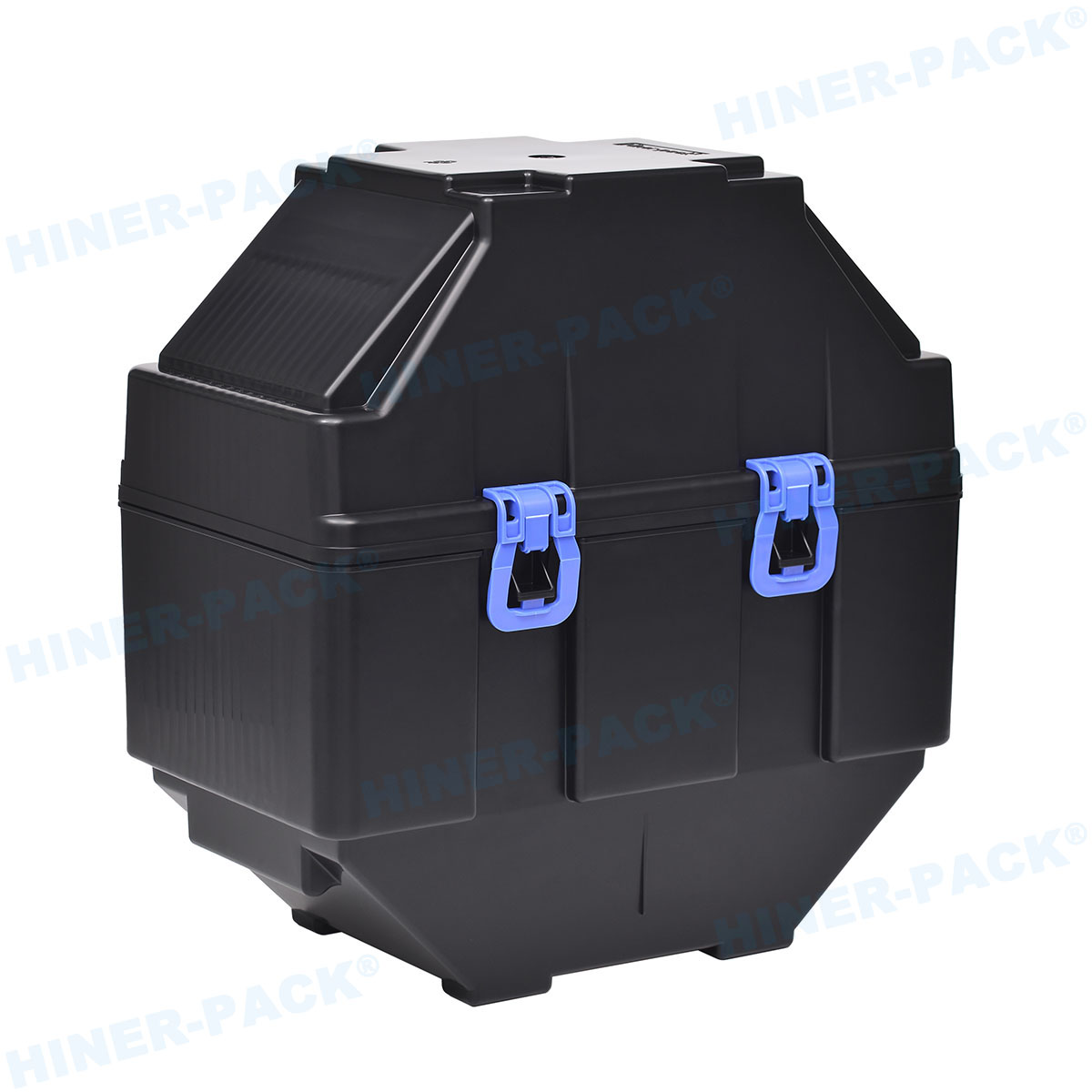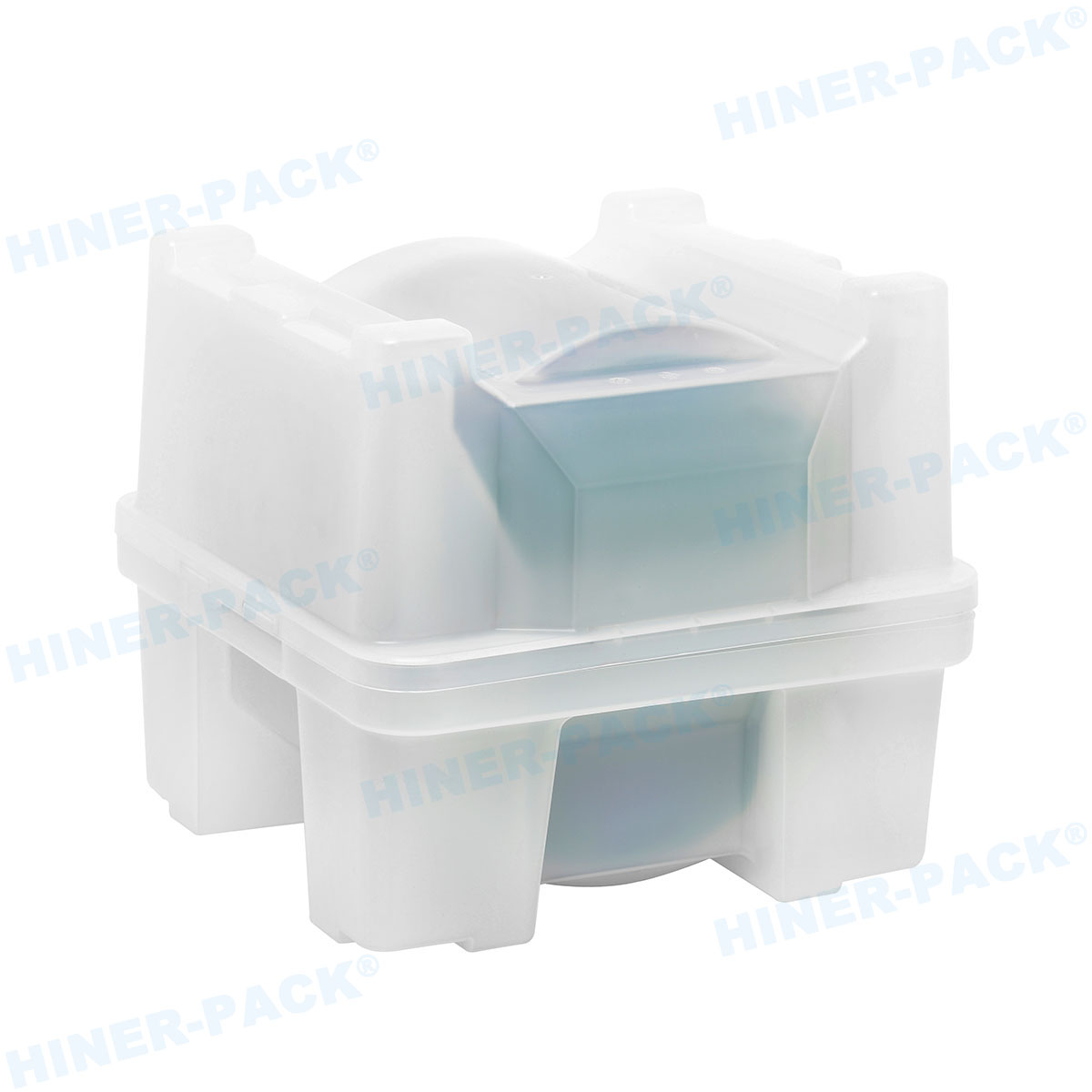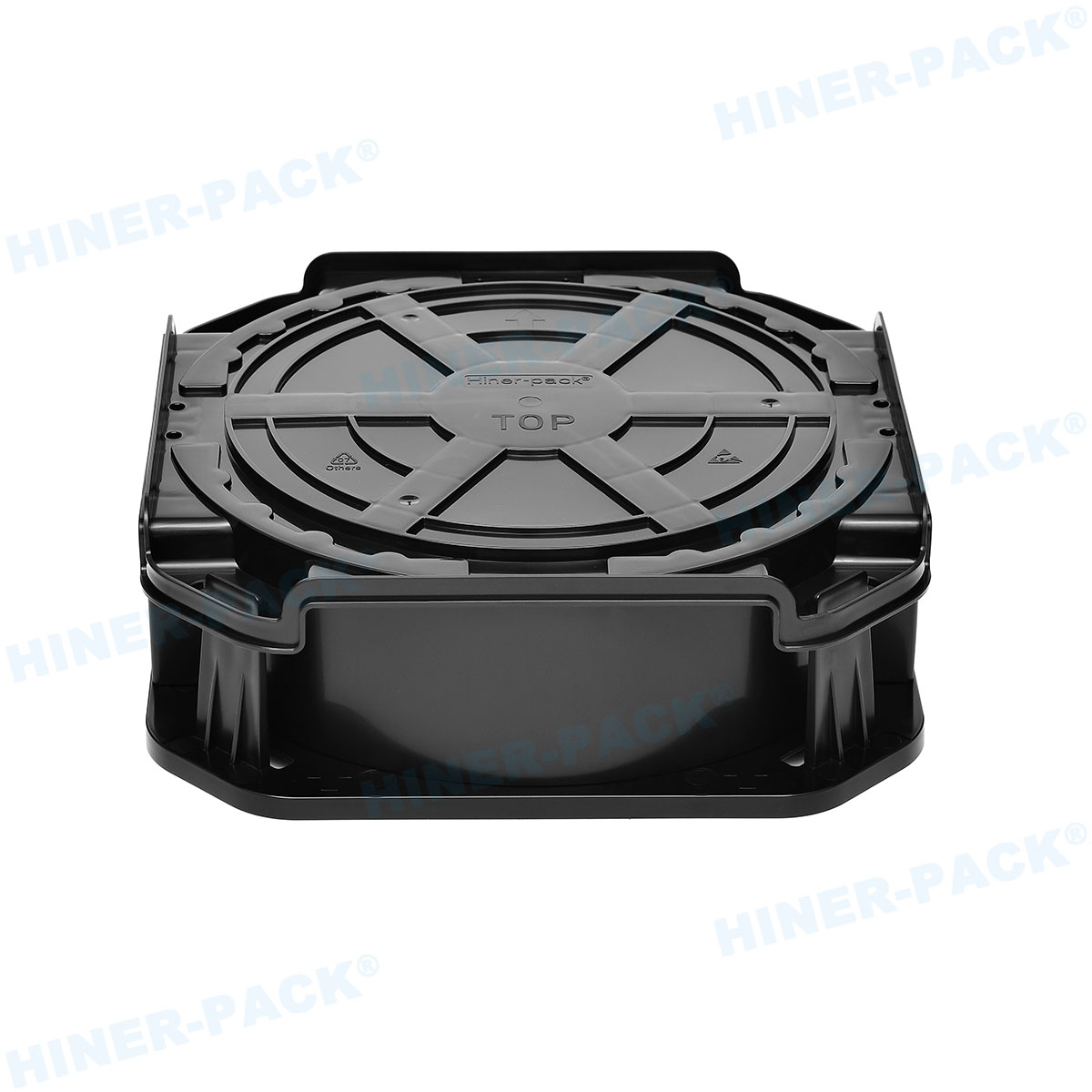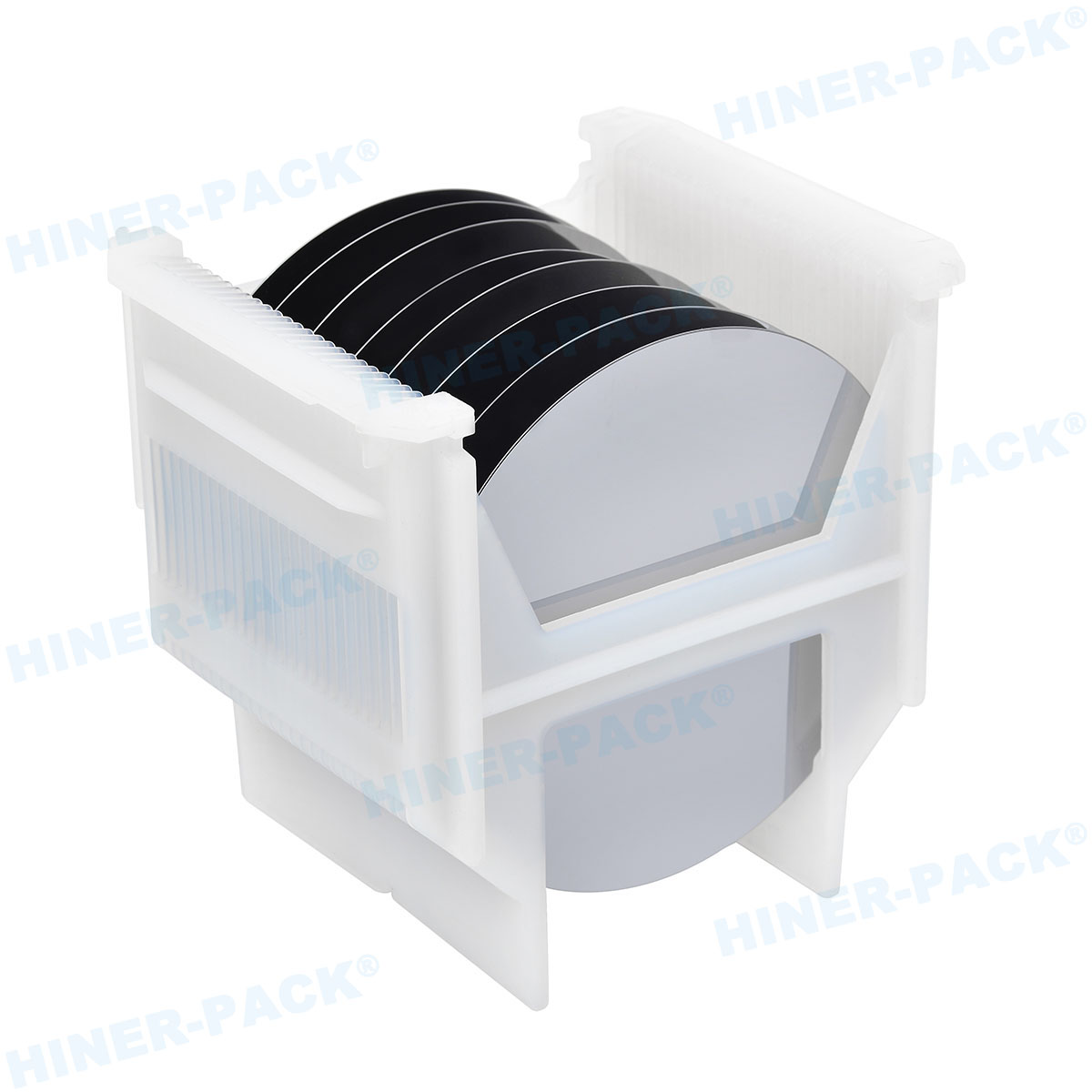In the fast-paced world of semiconductor manufacturing, the wafer packaging tray plays a critical role in ensuring the safe handling, transport, and storage of delicate wafers and integrated circuits. As electronics continue to shrink in size and grow in complexity, the demand for reliable packaging solutions has never been higher. This article delves into the various aspects of wafer packaging tray technology, covering types like the semiconductor packaging tray, the importance of choosing the right IC tray manufacturer, the benefits of tray recycling service, and the advantages of custom waffle pack solution. We'll also explore common issues faced in this field and how industry leaders like Hiner-pack are addressing these challenges. Whether you're involved in production, logistics, or sustainability, understanding these elements can optimize your operations and reduce costs.
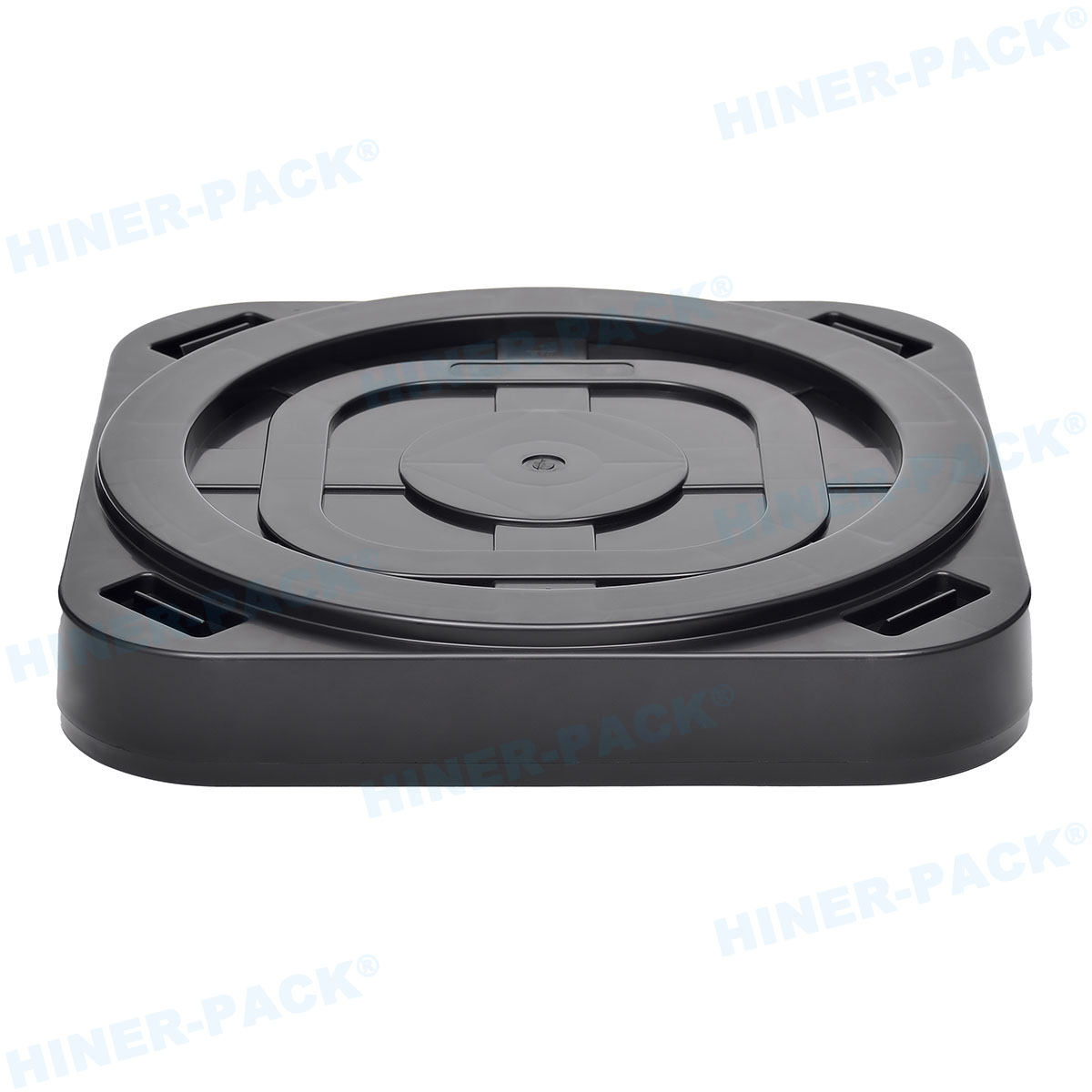
What is a Wafer Packaging Tray?
A wafer packaging tray is a specialized container designed to protect semiconductor wafers during manufacturing, testing, and shipping processes. These trays are typically made from materials such as high-purity plastics, composites, or antistatic polymers to prevent electrostatic discharge (ESD) and physical damage. The primary function of a wafer packaging tray is to hold wafers securely in place, minimizing movement that could lead to cracks, scratches, or contamination. This is crucial in industries where even microscopic defects can result in significant financial losses or product failures.
The design of a wafer packaging tray often includes precise cavities that match the size and shape of the wafers, ensuring a snug fit. For instance, a standard semiconductor packaging tray might accommodate wafers ranging from 150mm to 300mm in diameter, with features like ribbed supports to distribute pressure evenly. As technology advances, the wafer packaging tray has evolved to support thinner wafers and more complex geometries, making it an indispensable component in the electronics supply chain. Companies like Hiner-pack have been at the forefront of innovating these trays, incorporating materials that meet industry standards for cleanliness and durability.
Types of Semiconductor Packaging Trays
When it comes to semiconductor packaging tray varieties, there are several key types tailored to different stages of the production cycle. A wafer packaging tray is often categorized based on its application, such as front-end or back-end processes. For example, front-end trays are used in wafer fabrication and are designed to handle raw wafers, while back-end trays, like those from an IC tray manufacturer, are intended for packaged integrated circuits.
One common type is the JEDEC tray, which follows standardized dimensions set by the Joint Electron Device Engineering Council. These trays ensure compatibility across different equipment and facilities, reducing the risk of mishandling. Another variant is the anti-static semiconductor packaging tray, which incorporates conductive materials to dissipate static electricity—a vital feature in environments sensitive to ESD. Additionally, custom trays, such as the custom waffle pack solution, offer tailored designs for specific components, providing enhanced protection for irregularly shaped or high-value devices.
The wafer packaging tray market also includes reusable and disposable options, with growing emphasis on sustainability through tray recycling service. By understanding these types, manufacturers can select the right semiconductor packaging tray to improve efficiency and yield rates. Hiner-pack, for instance, offers a range of trays that cater to diverse needs, from standard designs to specialized solutions for advanced packaging technologies.
The Role of IC Tray Manufacturers
An IC tray manufacturer is responsible for producing trays that securely hold integrated circuits (ICs) after they are diced from wafers and packaged. These manufacturers, like Hiner-pack, play a pivotal role in the electronics ecosystem by ensuring that ICs are protected from mechanical stress, moisture, and contamination during transit and storage. The wafer packaging tray used in this context must meet stringent quality standards, as any flaw could compromise the performance of the final product.
A reputable IC tray manufacturer focuses on precision engineering, using injection molding or thermoforming processes to create trays with tight tolerances. They often work closely with clients to develop custom waffle pack solution that address unique requirements, such as trays with built-in RFID tags for tracking or trays made from biodegradable materials for eco-friendly initiatives. Moreover, many manufacturers now integrate tray recycling service into their offerings, promoting circular economy practices by collecting used trays, refurbishing them, or recycling the materials.
By partnering with a reliable IC tray manufacturer, companies can reduce waste, lower costs, and enhance supply chain resilience. For example, Hiner-pack has built a reputation for delivering high-quality wafer packaging tray products that support everything from prototyping to mass production, helping clients navigate the complexities of modern semiconductor packaging.
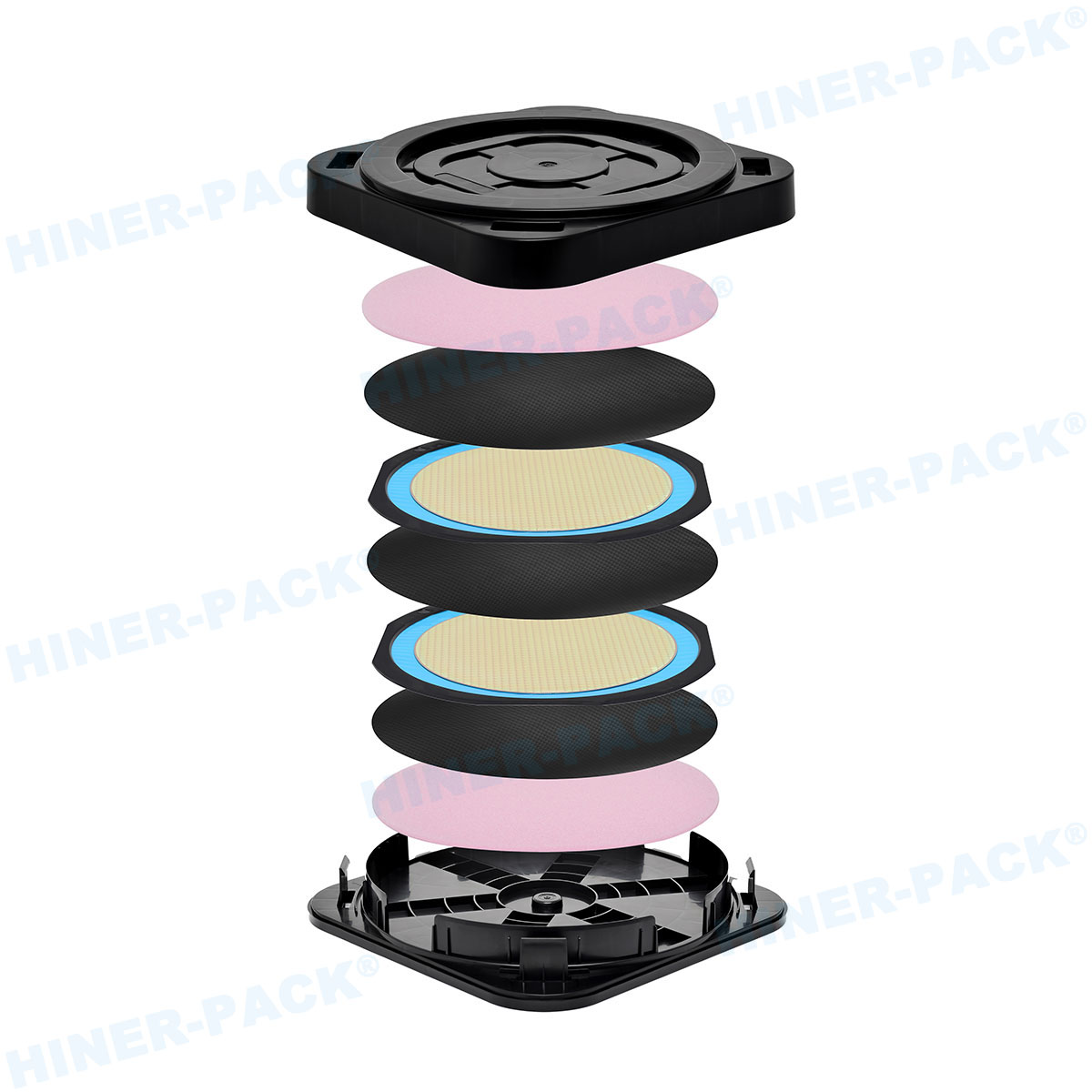
Tray Recycling Services for Sustainability
As environmental concerns gain prominence, tray recycling service has become an essential aspect of the wafer packaging tray lifecycle. These services involve collecting used trays, cleaning them, and either reusing them in production or recycling the materials to create new trays. This not only reduces landfill waste but also conserves resources and lowers the carbon footprint of manufacturing operations.
A typical tray recycling service starts with the collection of semiconductor packaging tray units from fabrication plants or assembly facilities. The trays are inspected for damage, sanitized to remove contaminants, and tested for compliance with industry standards. If they are no longer suitable for reuse, the materials—such as plastics or composites—are processed into pellets for new tray production. This approach aligns with global sustainability goals and can lead to significant cost savings for companies.
For instance, Hiner-pack offers a comprehensive tray recycling service that complements their wafer packaging tray offerings. By integrating recycling into their business model, they help clients achieve green certifications and meet regulatory requirements. Common challenges in this area include logistics coordination and ensuring the recycled materials maintain the necessary properties for ESD protection. However, with proper management, tray recycling service can turn waste into a valuable resource, fostering a more sustainable semiconductor industry.
Custom Waffle Pack Solutions
In scenarios where standard trays fall short, a custom waffle pack solution provides a tailored approach to packaging sensitive components. This type of wafer packaging tray is designed with specific cavities, often resembling a waffle pattern, to hold individual chips or devices securely. The custom waffle pack solution is ideal for high-mix, low-volume production runs or for components with unique shapes that require extra protection.
The development of a custom waffle pack solution begins with a detailed analysis of the component's dimensions, weight, and fragility. Manufacturers like Hiner-pack use advanced CAD software and prototyping techniques to create trays that minimize movement and prevent damage during handling. These solutions can include features such as shock-absorbing materials, custom lid designs, or integration with automation systems for seamless assembly lines.
Moreover, a custom waffle pack solution often incorporates elements from other services, such as tray recycling service, to ensure sustainability. For example, Hiner-pack might use recycled materials in their custom trays without compromising performance. By opting for a custom waffle pack solution, companies can improve product safety, reduce rejection rates, and enhance overall efficiency. This is particularly valuable in industries like automotive or medical devices, where reliability is paramount.
Common Issues with Wafer Packaging Trays
Despite their importance, wafer packaging tray systems can encounter several common problems that impact production and costs. Understanding these issues is key to mitigating risks and optimizing operations.
One frequent issue is contamination, where dust, particles, or chemical residues accumulate on the semiconductor packaging tray, leading to defects in the wafers or ICs. This can arise from improper cleaning procedures or environmental factors in manufacturing facilities. To address this, companies should implement strict cleanliness protocols and consider trays with anti-static coatings.
Another challenge is mechanical damage, such as cracks or warping of the wafer packaging tray due to mishandling or poor material quality. This often occurs during transportation or when trays are stacked incorrectly. Working with a reliable IC tray manufacturer like Hiner-pack can help, as they use durable materials and conduct rigorous testing to ensure tray integrity.
Additionally, compatibility problems may arise when trays do not fit properly with automated equipment, causing jams or misalignments. This highlights the value of a custom waffle pack solution that is designed to match specific machinery.
Sustainability-related issues, like waste management, can be alleviated through tray recycling service, but challenges remain in logistics and cost-effectiveness. For instance, collecting and processing used trays requires efficient supply chain coordination.
Finally, electrostatic discharge (ESD) remains a critical concern, as it can destroy sensitive components. Using ESD-safe wafer packaging tray designs and regular training for handling procedures can minimize this risk. By proactively addressing these common issues, businesses can enhance their use of wafer packaging tray systems and improve overall productivity.
The wafer packaging tray is more than just a container; it is a vital component in the semiconductor industry that ensures the integrity of electronic devices from fabrication to end-use. By exploring different types like the semiconductor packaging tray, leveraging the expertise of an IC tray manufacturer, adopting tray recycling service for sustainability, and investing in a custom waffle pack solution, companies can achieve greater efficiency and reliability. Brands like Hiner-pack exemplify how innovation in this space can address common challenges and drive progress. As technology continues to evolve, the role of the wafer packaging tray will only grow in importance, making it essential for industry professionals to stay informed and adapt to new developments. Embracing these solutions not only protects valuable components but also supports a more sustainable and resilient global supply chain.



